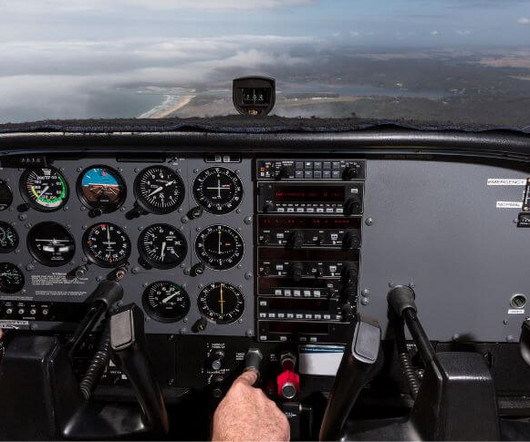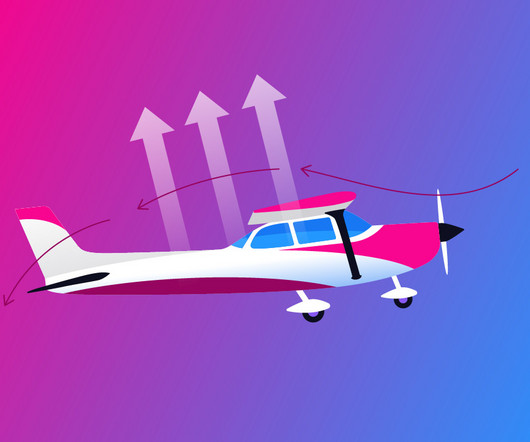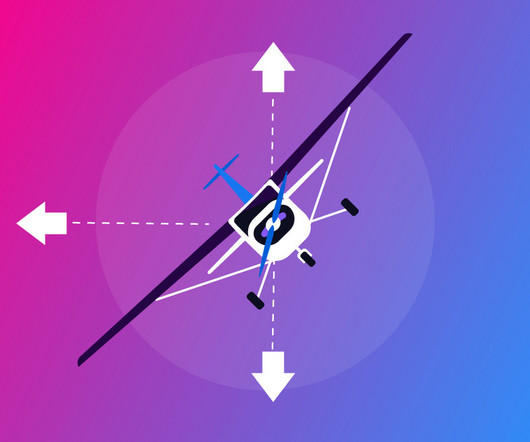Practicing Steep Turns: Techniques to Improve Pilot Control and Precision
Pilot's Life Blog
JUNE 18, 2025
This increases the load on the wings, requiring more lift to maintain altitude. Perform at safe altitude (3,000–4,000 feet AGL) using increased power (about 200–300 RPM above cruise). This consistency ensures proficiency, reduces workload during checkrides, and enhances overall confidence in precise aircraft handling.
















Let's personalize your content